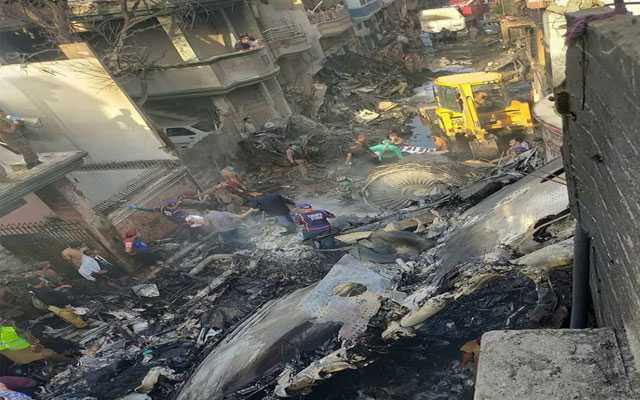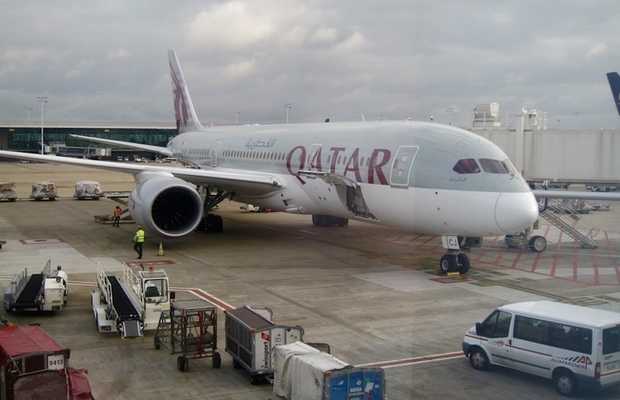PIA Crash: Pilot ignored three warnings from ATC to lower plane’s altitude

The pilot of the Pakistan International Airlines’ crashed plane ignored three warnings from air traffic control about the plane’s altitude and speed as the plane loomed for landing saying that he was satisfied with the height and handle the situation
The flight PK-8303 crashed and burst into flames into a narrow residential street in Karachi’s model colony locality on Friday, causing major damages to houses in the area. Of the 99 people onboard, 97 were killed and only two survived in the tragic incident.
Air traffic control reports that the ill-fated flight left the Lahore airport at 01:05pm and was scheduled for landing at 2:30pm at Karachi’s Jinnah International Aiport.
PK-8303 had sufficient fuel in it to fly for two hours and 34 minutes, while its total flying time was recorded at one hour and 33 minutes, said reports.
According to the reports, the plane was 15 nautical miles from Karachi at Makli at 2:30pm, flying at 10,000 feet above the ground instead of an altitude of 7,000 when air traffic controller issued its first warning to the pilot to lower the plane’s altitude.
The pilot, instead of lowering the altitude, responded to the ATC that he was satisfied as only 10 nautical miles were left till the Karachi airport, when the plane was at an altitude of 7,000 feet instead of 3,000 feet.
The air traffic control issued a second warning to lower the plane’s altitude. again, the pilot responded by saying that he was satisfied and would handle the situation, stating that the aircraft was ready for landing, reports stated.
Earlier, the Pakistan Civil Aviation Authority (PCAA) prepared a report stating that the engines of the plane had scraped the runway thrice on the pilot’s first attempt to land the aircraft that caused friction and sparks. Three long marks have been found and recorded by the PCAA’s experts on the runway.
PCAA sources had said the aircraft’s engines first made contact with the ground at the 4,500-feet marker, followed a second time at the 5,500-feet marker, and a third time at the 7,000-feet marker.
The pilot took the aircraft off into the air again after the third impact, which officials found very strange as the cockpit did not inform air traffic control of any problem with the landing gear when it was already clear that it was the reason why it couldn’t land properly.
The PCAA reports further stated that there was no signal from the pilot or his first officer to the air traffic control that something was wrong with the plane. Experts guessed that the engine’s oil tank and fuel pump may have been damaged when the engines rubbed the ground on the first failed attempt at landing.
The engine’s oil may have started to leak, which would have prevented the pilot from achieving the required thrust and speed to raise the aircraft to safety.
Sources in the ATC as well as PCAA informed, the pilot made a decision “on his own” to undertake a “go-around” after he failed to land the first time. It was only during the go-around that the ATC was informed that landing gear was not working.
The pilot was directed by the ATC to take the aircraft to 3,000 feet but he managed only 1,800 feet altitude. When the cockpit was reminded to go for the 3,000 feet level, the first officer responded by saying, “We are trying”.
Experts are of the view that this failure to achieve the directed height indicates that the engines were not responding.
Reports said that the aircraft while approaching the runway from Malir, designated 25L, for the second attempt, the pilots also took a short distance of 1.5 nautical miles instead of 7 nautical miles mandatory for such a large-sized plane.
“The plane descended too fast, almost plunged,” sources familiar with the report said.
The plane’s failure to approach from the mandatory height and distance indicates that the engines did not provide enough thrust and speed to do the functions properly. The aircraft, as a result tilted and crashed suddenly.






